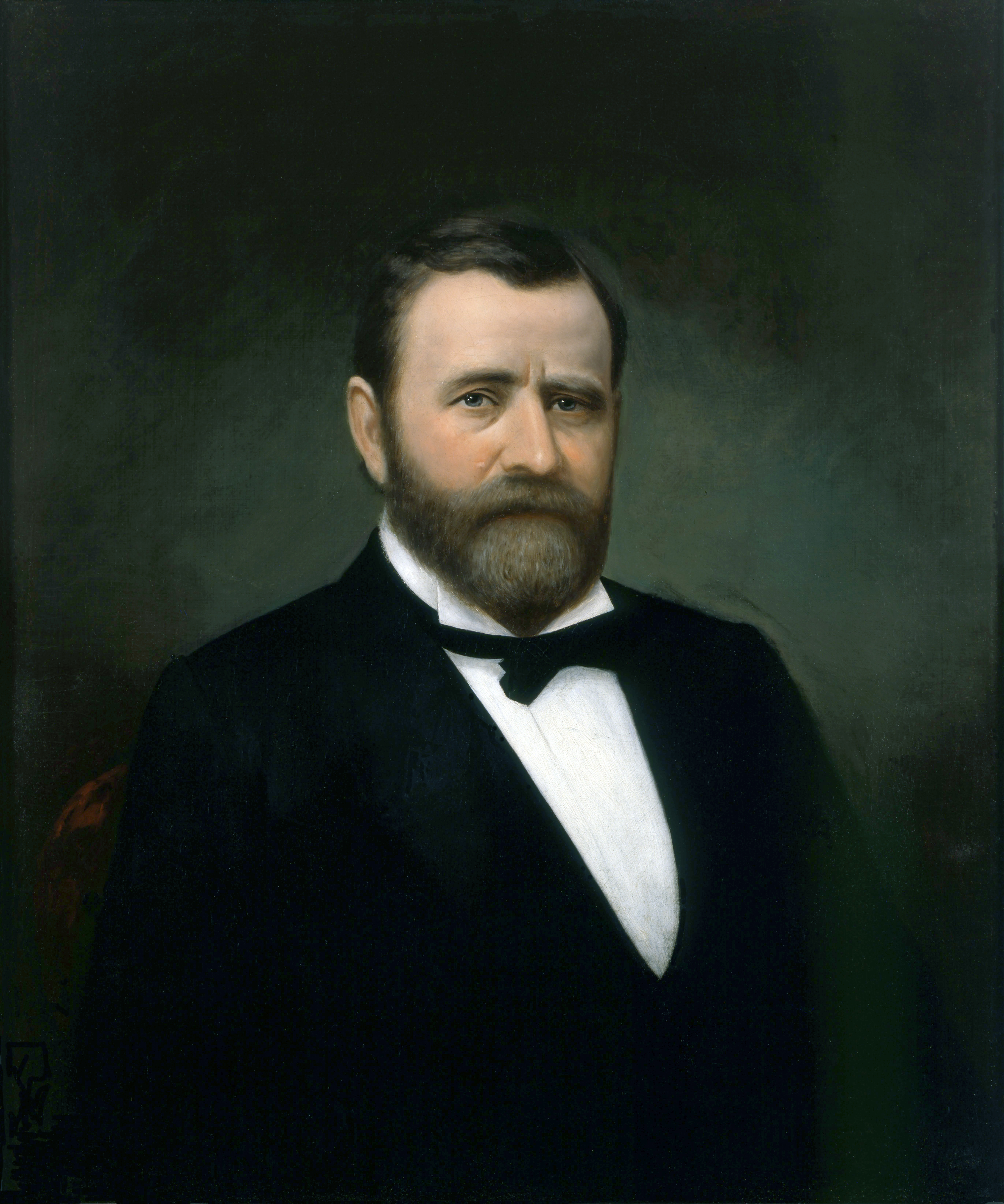
:max_bytes(150000):strip_icc()/GettyImages-515411064-58326a625f9b58d5b1515128.jpg)

Shoumatoff was initially brought to the White House in 1968 to paint First Lady Lady Bird Johnson’s portrait. Shoumatoff had previously completed a portrait of Franklin Roosevelt. President Johnson chose to have a second portrait done by Elizabeth Shoumatoff. He received twenty minutes of the president’s time at Johnson’s Texas ranch and thirty minutes at Camp David before finishing the portrait.Īfter Johnson’s first portrait was rejected from the White House, it was instead displayed in the National Portrait Gallery. The subsequent tension between the two men played out in the press with Hurd stating in The Washington Post, “He hasn’t the vaguest concept of how art works.” Hurd also defended his piece by noting that he had very little time with Johnson to adequately complete the portrait. When the portrait was presented, President Johnson was very unhappy with its appearance calling it “the ugliest thing I ever saw.” Johnson refused to have the painting represent him in the White House. President Johnson’s first presidential portrait was completed in 1967 by Peter Hurd, an artist best known for his western landscapes and portraits. While President Johnson admired this work, he was less enthusiastic about his first artistic rendering. This oil on canvas portrait of President Lyndon Johnson was painted by Elizabeth Shoumatoff in 1968. Specific sources consulted available upon request.
#PRESIDENT PORTRAITS FULL#
Please credit The White House Historical Association by its full name when using this as background material. The most recent unveiling took place in 2012 when President Obama unveiled the portraits of former President George W. These ceremonies are often bipartisan events with warm greetings and collegial speeches exchanged by the president and his predecessor. Although Carter himself asked not to have a ceremony, most other presidents and first ladies have taken part in an unveiling ceremony several years after leaving office. In 1978, President Jimmy Carter unveiled the official White House portraits of former President Gerald Ford and former First Lady Betty Ford in an East Room ceremony. Since that time, it has been a goal to acquire contemporary or historic portraits of presidents and first ladies, “either to represent those not in the collection or to replace earlier likenesses judged less than successful.” Recent presidents and first ladies typically select their respective artists before leaving the White House and approve the portraits before their formal presentation to the public and induction into the White House Collection. The White House Historical Association has had an active role in acquiring and donating portraits of recent presidents and first ladies since 1965 when the Association negotiated to acquire a portrait of former First Lady Eleanor Roosevelt from the widow of artist Douglas Granville Chandor.


 0 kommentar(er)
0 kommentar(er)
